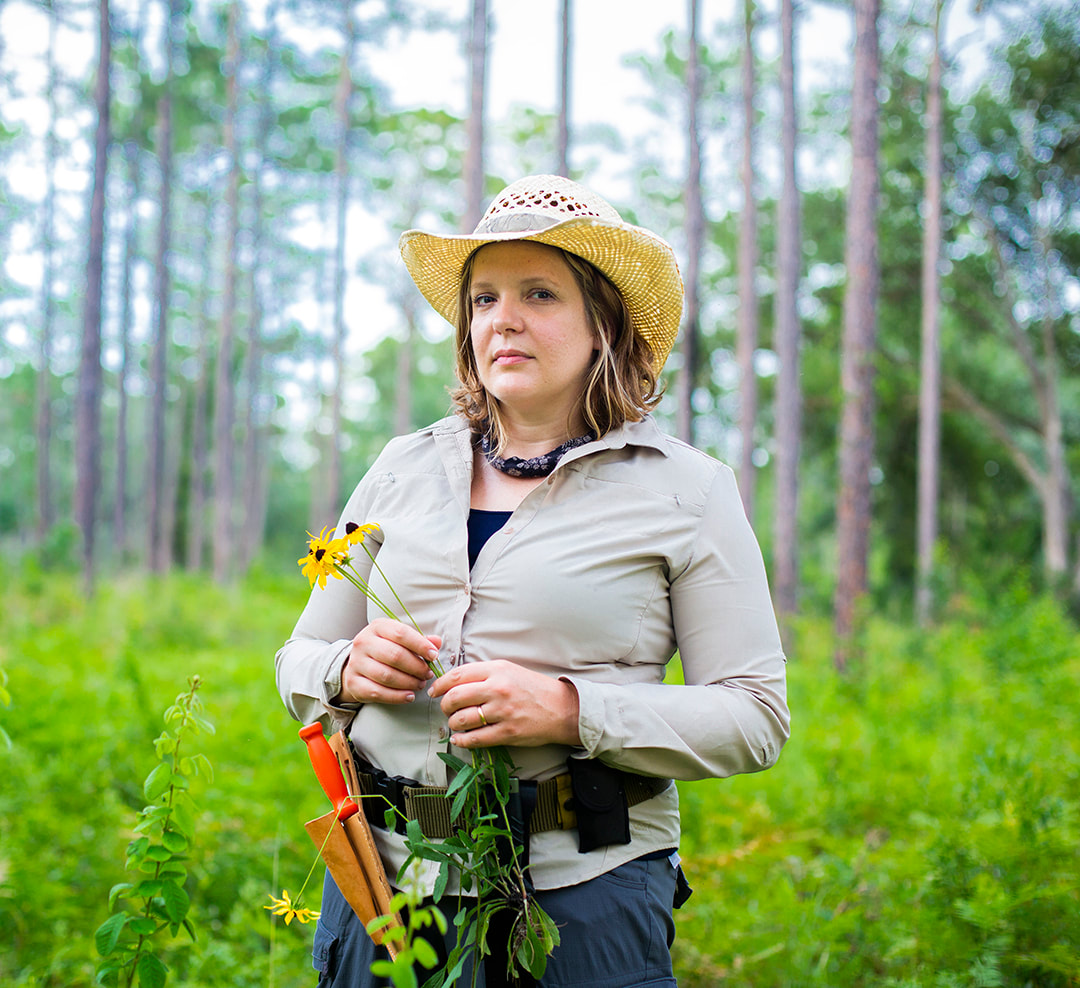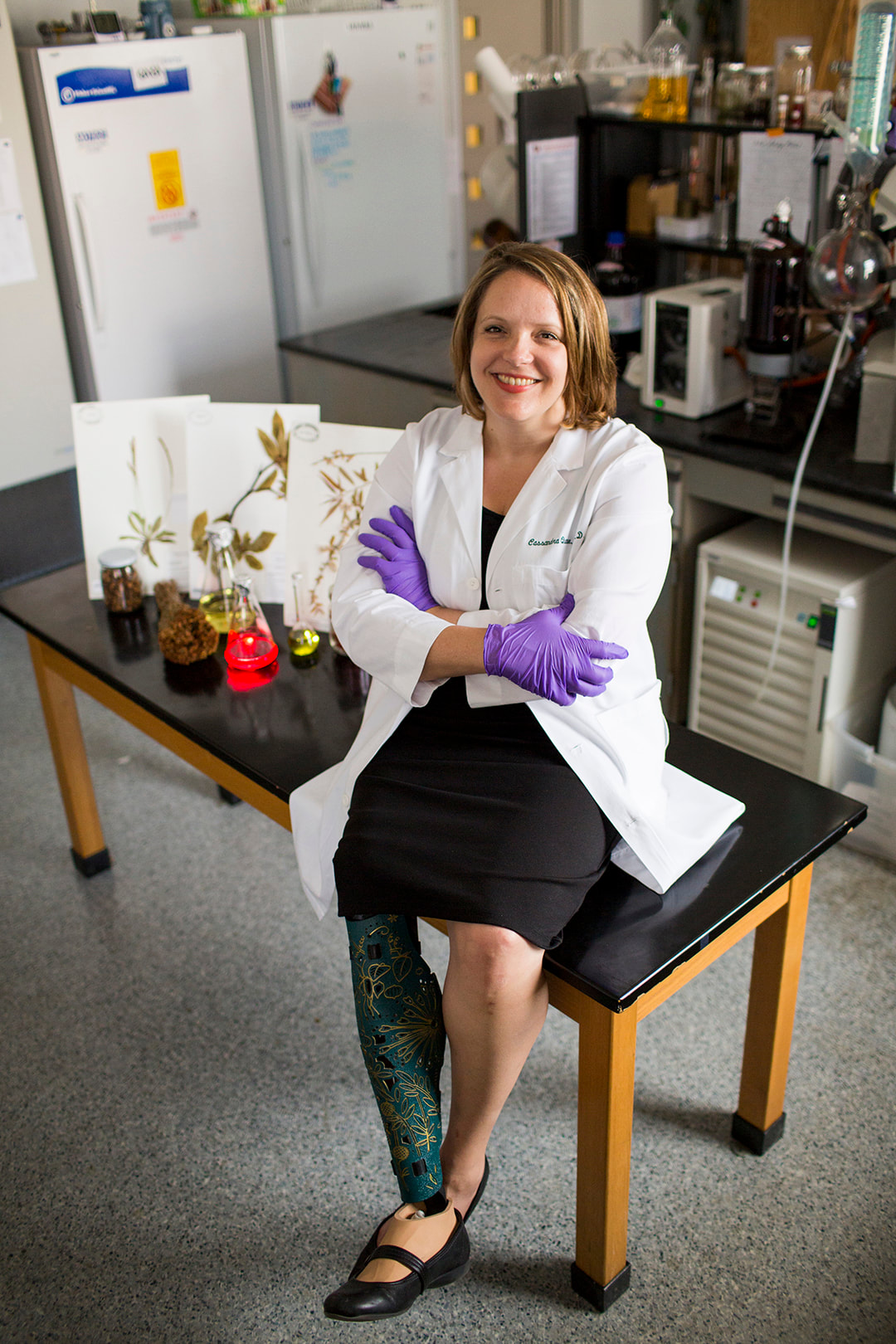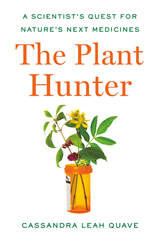|
"This is my war against infectious disease," says Dr. Cassandra Quave, a leading medical ethnobotanist. Plants are the basis for an array of medications we all now take for granted. However, in today’s world of synthetic pharmaceuticals, scientists and laypeople alike have lost this connection to the natural world. By ignoring the potential of medicinal plants, we are losing out on the opportunity to discover new life-saving medicines needed in the fight against antibiotic-resistant microbes. In her new book, The Plant Hunter: A Scientist’s Quest for Nature’s Next Medicines, she shows us how important studying plants is while sharing her own incredible journey and working tirelessly to make a difference. “People have used plants to manage infectious diseases throughout human history. Of the 374,000 or so plant species already discovered on Earth, about 33,000 are used in medicine today. However, not many of these plants have been scientifically investigated in depth. What do we actually know about the antimicrobial potential of these plants in combating bacterial pathogens?
“Plants are chemically complex, and while this can present a challenge in the lab, it shouldn’t scare us away from studying plant compounds for antibacterial potential This complexity contributed to the scientific community’s shift away from natural products in its search for new antibiotics in the 1980s. But today we have tools at our disposal that we didn’t have then—for example, analytical chemistry tools to better understand the activities of and relationships between plant compounds. “It seems logical to me that we should investigate sources that have already been used—in some cases for millennia—by humans to treat infections. Instead of being fearful of plants’ complexity, let’s take advantage of it.” ~ Dr. Cassandra Quave Read all about Dr. Quave and her inspiring, ground-breaking work in our current edition.
0 Comments
Your comment will be posted after it is approved.
Leave a Reply. |
Categories
All
|




 RSS Feed
RSS Feed